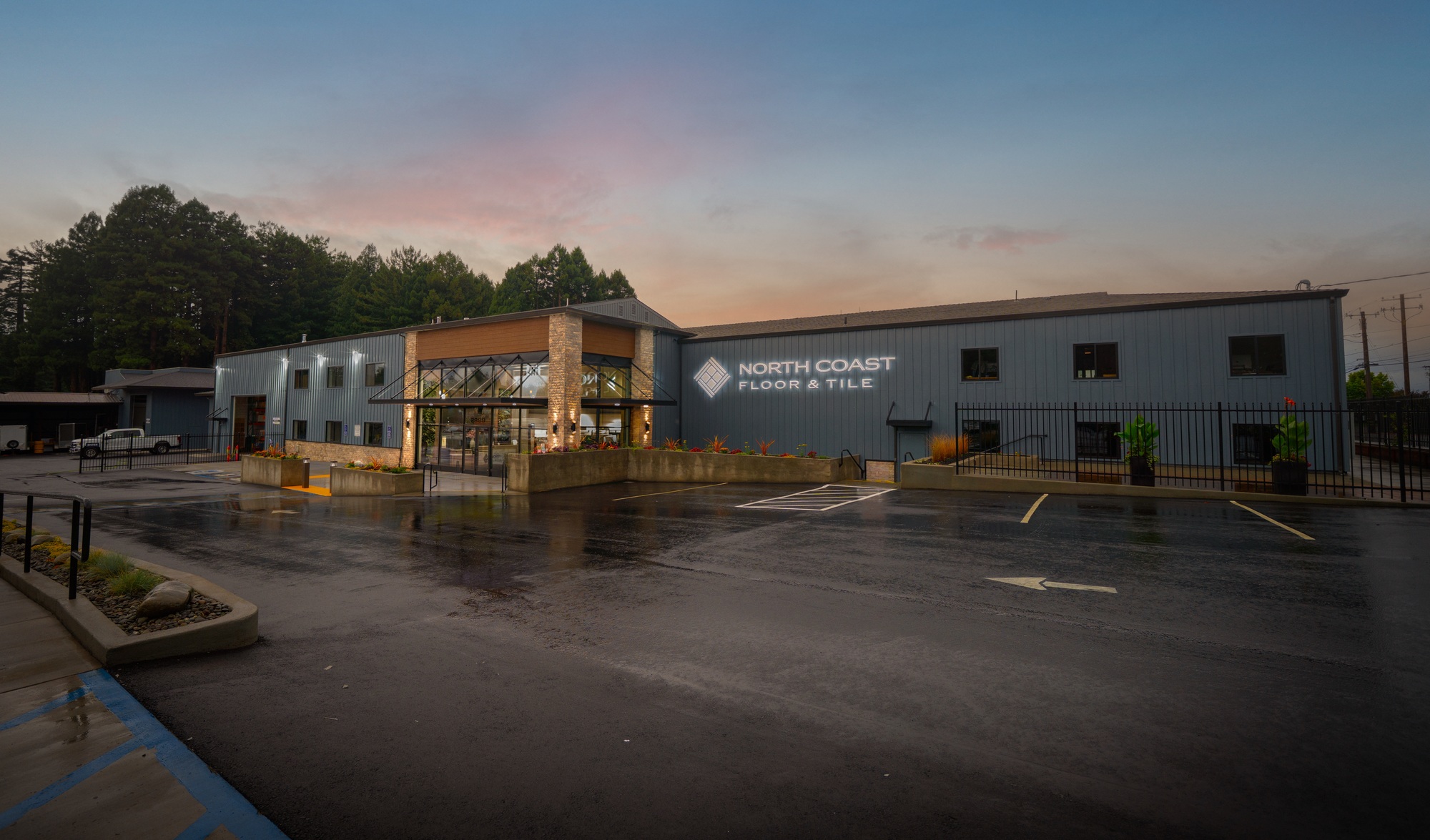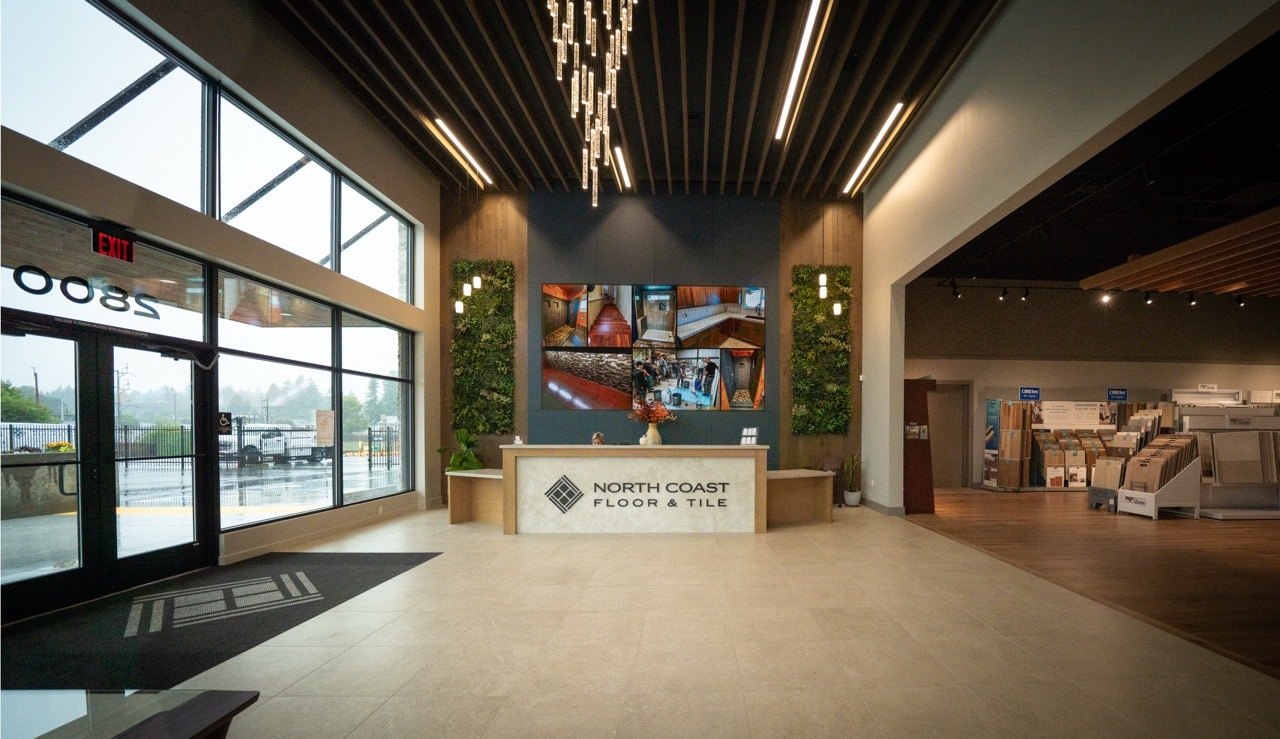High Performance Flooring
High-performance flooring encompasses a diverse range of materials tailored to meet specific demands in various settings. From enduring hardwood and versatile vinyl to resilient tile and innovative hybrid carpets, these options balance durability, aesthetics, and functionality to suit different needs in both residential and commercial spaces.

Let Our Experts Guide You Through The Process
High Performance Flooring.
A boom in construction spending and growth in urban areas has led to a surge in commercial flooring projects. It’s not just new facilities that need a practical, aesthetically-pleasing flooring solution. As buildings age, business owners and property managers are remodeling worn surfaces to improve productivity, reduce work-related injuries, and cut down on maintenance and repair expenses. While cost is always a large consideration when deciding which type of commercial flooring options would be best for a project, function and visual appeal are also factors. In many industries, return-to-service time is also a priority. In addition, companies wanting to be good environmental stewards can now choose from a number of sustainable flooring systems.
With all the options to choose from, how can you choose which type of commercial flooring would best fit the requirements of your space? In this post, we’ll explore the pros and cons of polished concrete, stained concrete, epoxy coatings, vinyl, carpet, hardwood, laminates, and rubber to help you make an informed choice.
Vinyl
Vinyl is a fully synthetic polymer that can provide you with the look of hardwood or stone without the upkeep. You may see vinyl sheet flooring, vinyl composition tile (VCT), and luxury vinyl tile (LVT) in offices, schools, hospitals, and hotel lobbies. This moisture-resistant surface is relatively durable and comes in a variety of patterns and colors. When compared to several different types of flooring materials, vinyl may be less expensive, but tiles can become punctured or dented in some settings. Over time, vinyl flooring can become faded, particularly in areas subject to UV exposure. If you decide to replace this type of flooring, removal can become difficult and expensive, since tiles are attached with glue. When compared with some flooring systems, vinyl has a bigger impact on the environment, since volatile chemicals are released during the production process.
Carpet
Perhaps the most traditional choice in some commercial settings, carpet can provide added warmth in colder climates and absorbs noise. However, carpets can easily become stained and damaged, and toxic chemicals are released during the manufacturing process. While dirt and other debris are easily swept away on a concrete surface, allergens often get trapped in carpet fibers. The carpet may need to be removed if exposed to excessive moisture, particularly if mold and mildew develop. Overall, carpet is not as durable as many of the alternatives currently available for commercial spaces.
Hardwood
While solid wood flooring can last longer than some other types of commercial flooring, it tends to be much more expensive, and the installation period can be lengthy. That said, wood flooring is elegant in appearance, and dust and dirt can be easily washed and swept away. Similar to a carpet, moisture can be an issue with hardwood floors, as well as humidity. Cracks, cupping, crowning and buckling can occur on the surface, and moisture and leaks beneath the surface can also cause problems. You don’t see hardwood floors often in commercial settings, because of the cost, although converted spaces sometimes have solid wood flooring.
Laminates
Laminate wood flooring is engineered to be durable, hygienic, and easy to maintain. One benefit of this type of flooring is that it is usually waterproof. You may see laminate floors in LEED-certified facilities. While laminates are less expensive than hardwood floors, these surfaces can be difficult to repair when damaged.
Rubber
In certain commercial settings, rubber may be a viable option for your flooring. This material provides cushioning to reduce injury and fatigue in commercial kitchens, gyms, hospitals, and schools. While rubber is slip-resistant, comfortable, sound absorbent, and easy to maintain, discoloration can occur on the surface over time. Costs can certainly add up over time. Rubber is more of a utilitarian flooring choice and is not as visually appealing as some of the other options currently available.
Visit our showroom
Step into our showroom, and you'll be greeted by an array of floooring options that span the spectrum of style, material, and design.
Mon-Fri: 8:30AM-5PM
Sat: Open by Appointment
Sun: Closed
2800 Hubbard Lane, Eureka, CA 95503


